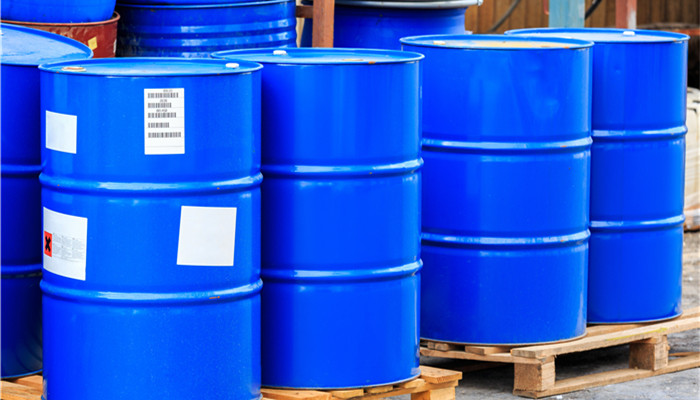
NaFSI (sodium bisfluorosulfonimide) is a new type of sodium battery electrolyte. There is no mass production line in China yet.
NaFSI, sodium bisfluorosulfonyl imide, has the chemical formula F2NNaO4S2. It appears as a white solid with a melting point of 112°C. It is soluble in water and is hygroscopic. It needs to be avoided from being exposed to moisture in the air. It is generally stored in an inert gas such as argon. . NaFSI is a sodium battery electrolyte with excellent performance. Sodium-ion batteries have huge development value due to their abundant raw materials, low cost, and excellent overall performance. The market is about to enter a period of explosive growth, and NaFSI is ushering in development opportunities.
Compared with lithium-ion batteries, sodium-ion batteries have poorer performance in terms of energy density and cycle life. In a primary battery, the role of the electrolyte is to conduct ions between the positive and negative electrodes, and its performance directly affects the energy density and cycle life of the battery. Therefore, the development of sodium battery electrolyte is of great importance.
There are two main ways to improve the performance of sodium battery electrolytes. One is to improve and optimize existing electrolytes, and the other is to develop new electrolytes. At present, the mainstream product of sodium battery electrolyte solute is NaPF6 (sodium hexafluorophosphate). NaPF6 has a high viscosity and will affect the dynamic performance. In comparison, NaFSI has small viscosity and good kinetic properties, which is beneficial to improving the energy density of sodium-ion batteries. It has a higher capacity retention rate and longer cycle life under high-rate charge and discharge conditions. It is a new type of Better performing sodium battery electrolyte solute.
In addition to performance, NaFSI also has cost advantages compared to NaPF6. The raw materials required to manufacture NaFSI are widely available and cheap, and the amount of fluorine used will be significantly reduced. In the long run, due to a more abundant supply of raw materials and easier cost control, the economic benefits of large-scale mass production of NaFSI are obvious.
The working principle and structural composition of sodium-ion batteries are basically the same as those of lithium-ion batteries. From the perspective of the development of lithium-ion batteries, the safety requirements of its electrolyte are rapidly increasing. Compared with the mainstream electrolyte solute LiPF6 (lithium hexafluorophosphate), LiFSI (double Lithium fluorosulfonimide) has more advantages in thermal stability, conductivity, etc., and is expected to gradually replace LiPF6.
According to the “China NaFSI (Sodium Bisfluorosulfonimide) Industry Market In-depth Research and Development Prospects Forecast Report 2023-2028” released by the Industrial Research Center It shows that the safety requirements of sodium-ion batteries are also constantly improving. Compared with the development trend of lithium battery electrolytes, NaFSI is expected to replace NaPF6 and become the mainstream product of sodium battery electrolytes in the future. From 2023 to 2025, my country’s sodium-ion battery production lines will be launched one after another, and the industry is about to enter an explosive period. It is expected that by 2025, my country’s sodium-ion battery demand will reach 200GWh. In this context, the NaFSI market space is huge.
Industry analysts said that my country has already entered the NaFSI market layout. Duofludo is the first company in my country with mass production capabilities for NaPF6 and has completed NaFSI research and development; Fengshan Quannuo has a NaFSI patent and is accelerating industrialization; Huasheng Lithium Battery, NaFSI research and development is in the laboratory research stage and has Small batch trial production; Xinzhoubang plans to produce NaFSI by itself and has developed samples. At present, my country’s NaFSI is in the stage of laboratory research and development or planned industrialization of existing research results, and has not yet had mass production capacity. It is estimated that Fengshan Quannuo is expected to be the first to achieve mass production.

 微信扫一扫打赏
微信扫一扫打赏

